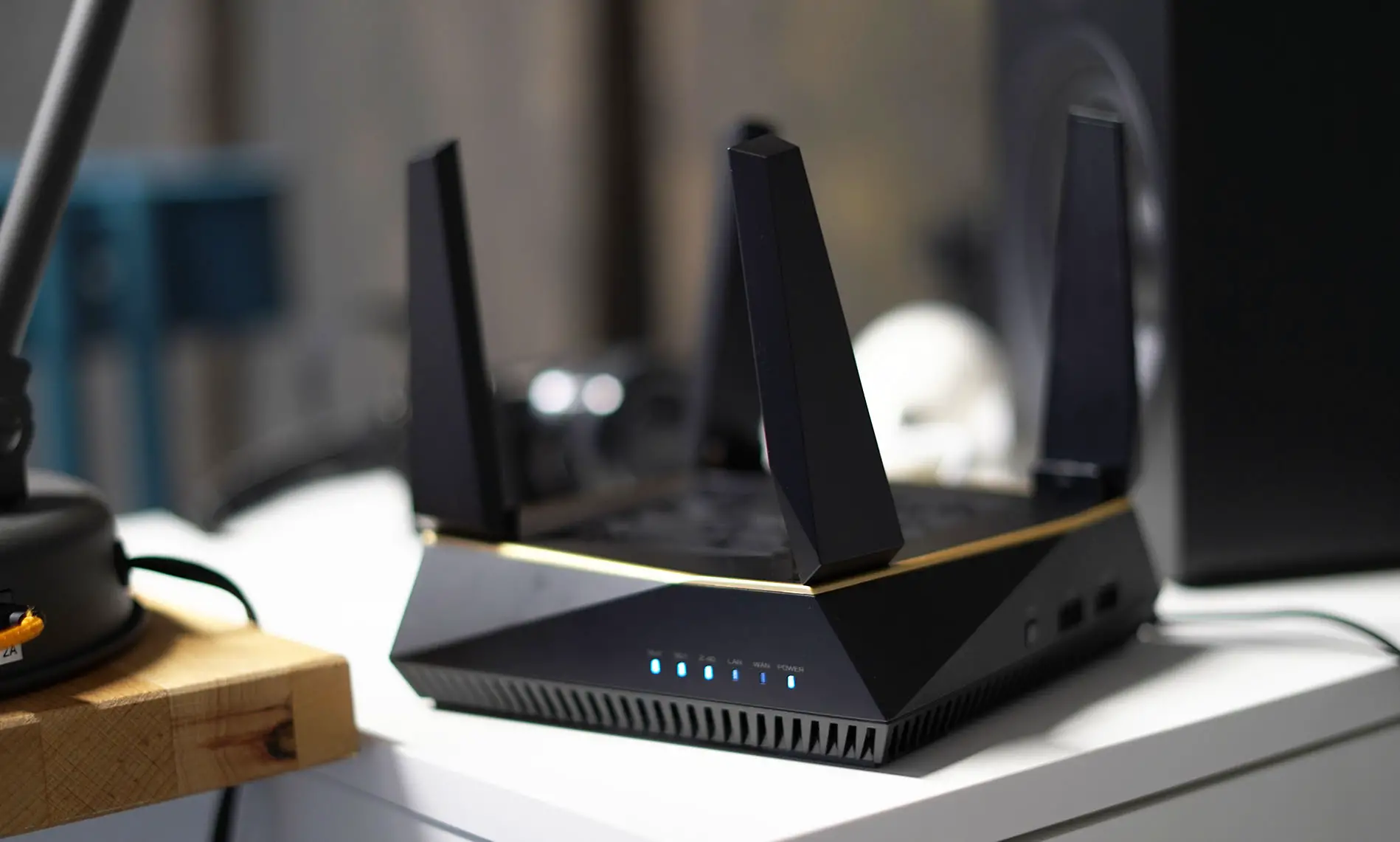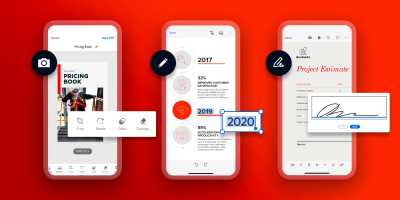Wi-Fi networks are available almost anywhere we go these days. From coffee shops to public places, getting connected to the internet through Wi-Fi hotspots is always a click away. However, using public Wi-Fi services is not without its risks.
Not all Wi-Fi networks are secured properly. In public places, Wi-Fi networks are often left open for convenience; you don’t have to use a username and password to start using the network. Most Wi-Fi networks are also not constantly maintained, which leaves them very vulnerable.
While you can remain protected when using public Wi-Fi services, there are several things you need to know about today’s available networks and the risks you face when using them.
The Lure of Free Wi-Fi
Mobile connectivity and broadband services are becoming more affordable, but that doesn’t mean free Wi-Fi services in public places are less appealing. According to recent studies, over 50% of internet users use public Wi-Fi networks at least once a day, and you may be part of that group too.
Free Wi-Fi in today’s super-connected world is indeed a convenience. When you have to download a large work document or you need to stream multimedia content, being able to use free Wi-Fi services allows you to save on your mobile data cap.
Nevertheless, free wireless networks that aren’t maintained properly attract potential attackers. When network security is not a priority, the network itself is vulnerable to attacks. Based on recent attack history, a lot of public access points were turned into botnets or used for other malicious purposes.
Free Wi-Fi hotspots are also prone to DNS spoofing. Since the access points aren’t sufficiently secured, attackers can alter the DNS servers used by the access point and reroute your internet requests to bad servers. You may end up on a phishing website when trying to access a legitimate one.
Attackers can steal data packets in transit by exploiting public Wi-Fi networks with man-in-the-middle attacks. Since you are routing your requests through a public access point or gateway, the risk of your data being stolen in transit is significantly higher than when you are in a private network.
Of course, these risks are easy to mitigate. You can still use public Wi-Fi networks and remain protected as long as you know how to secure yourself properly. Before we get to that, however, there are additional risks you need to understand first.
Additional Risks to Consider
Cyberattacks aren’t the only risks to mitigate when you are using a public Wi-Fi network. You also have to consider how the network is managed – and how it can remain free. Most free public networks are advertising-funded, which means you will be shown ads while browsing the World Wide Web.
Other networks are used to collect consumer data through legitimate means. Coffee shops, for instance, may record your spending habits or other details based on your use of the free Wi-Fi service. Even the London Underground is now using free Wi-Fi to track consumer devices.
The latter is not a new way of collecting consumer data through free Wi-Fi. London Underground did tests in 2016 to see if the free Wi-Fi network could be used for marketing analytics and scraping information. This year’s rollout is a continuation of that trial.
Some public networks even go as far as helping advertising networks gather data about your online activities. Yes, they do require your consent, but that request for permission is usually embedded deep in the Terms and Conditions you agree to when you start using the free service.
Staying Protected in Public Networks
Fortunately, there is a lot you can do to stay protected while using public (and free) Wi-Fi networks. For starters, you can take the time to read the user agreement and privacy policy of the network before you start using the free service. You can understand a lot about how the network is operated when you read these documents thoroughly.
You can also take steps to protect your devices. Adding an anti-virus, a suitable firewall, and additional tools such as anti-malware are highly recommended. At the very least, you will not have to worry about harmful scripts exploiting the security holes of your devices. Don’t forget to keep your devices up to date too.
Another thing you can do is utilize a VPN or a proxy when connecting through public Wi-Fi networks. The leading providers (such as Smartproxy) offer a wide range of services. Rather than relying on the network gateway, you tunnel through the network to a secure server – a server that acts as a middleware – and route your requests safely. The leading services VPN and proxy services will even encrypt your data packets.
Encryption is definitely a must. There is no shortage of encryption solutions that can be used to further protect your information. Accessing secure sites that use SSL/TLS encryption and incorporating in-device encryption are some of the things you can do to add layers of protection to your online life. Even when the data packets are stolen, it is impossible to read them when they are encrypted.
Speaking of information theft and tracking, you can also prevent public Wi-Fi networks from tracking your online activities by configuring your device security. Browsers can be set to withhold location information. You have the option to review your security settings and define permissions given to certain apps like browsers and messaging apps.
Last but not least, make sure you connect to public networks that are maintained properly. When the routers and access points are updated regularly and managed to a good standard, you can use free Wi-Fi services without having to worry about additional security risks like DNS spoofing. Use on-device scanners to test your connections beforehand.
Free and public Wi-Fi networks are very useful. Now that you know how to stay protected when using them, you have nothing to worry about and can fully utilize the free Wi-Fi services in public places around you.












Comments